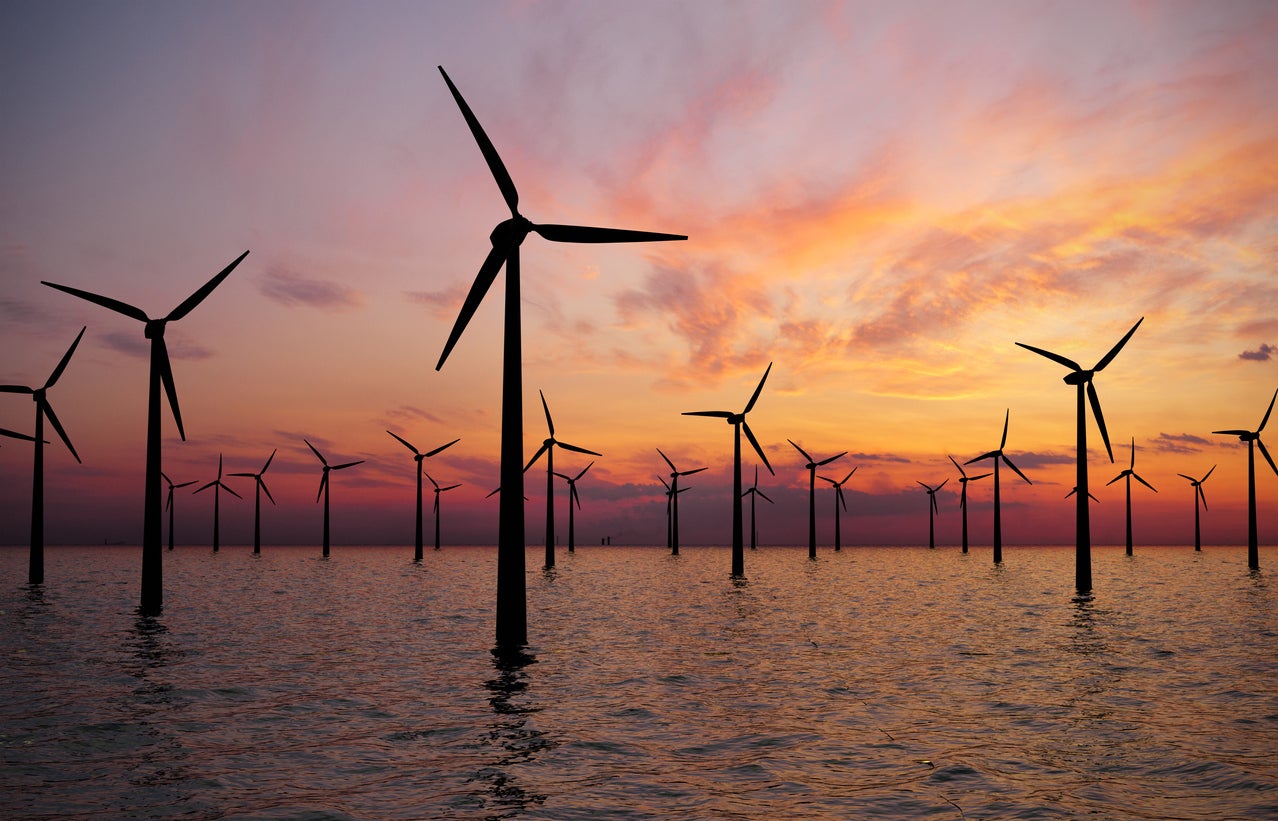Assessing Risk to Offshore Wind Turbines using Large Eddy Simulations
European-American Collaboration in Wind Energy Seminar Series

8:00 – 9:00 am MDT
Julie Lundquist
This seminar series was designed to foster deeper collaborations between wind energy researchers in Europe and America. Part of the initiative is to host a monthly seminar series for the community of researchers, students, teachers, and practitioners in the field. These seminars will typically occur the second Wednesday of each month at 1600 CET/0800 MDT/1400 UTC.
We are pleased to announce the first seminar to be given by Julie Lundquist of the University of Colorado Boulder on Assessing risk to offshore wind turbines using large-eddy simulations.
Offshore wind energy deployment is expected to increase in future years to come, with proposed wind farm sites located in regions with high risk for tropical cyclones. However, the wind turbine design criteria outlined by the International Electrotechnical Commission for extreme events may not account for wind field characteristics unique to tropical cyclones. With few observations available within tropical cyclones at wind turbine altitudes, numerical simulations can provide some insight into the atmospheric boundary layer within these storms. To evaluate if current design standards capture the extreme conditions of these storms, we perform idealized large-eddy simulations of five tropical cyclones (two Category 1, two Category 2 (Cat-2), and one Category 3 (Cat-3) storms) using the Weather Research and Forecasting model (WRF-LES). This presentation will summarize how wind conditions near the eyewall of Cat-1, Cat-2, and Cat-3 storms can exceed current design standards for offshore wind turbines, specifically addressing wind speeds and wind speed shear. Further, wind direction veer is not currently addressed in the standards, although these simulations show large values of veer, which can amplify loads in wind turbines. The existence of hurricane wind field characteristics that are not represented in design standards does not imply that damage or failure will certainly occur. Engineering safety factors incorporated in the design of the turbine's blades and structural components may prevent damage from occurring.